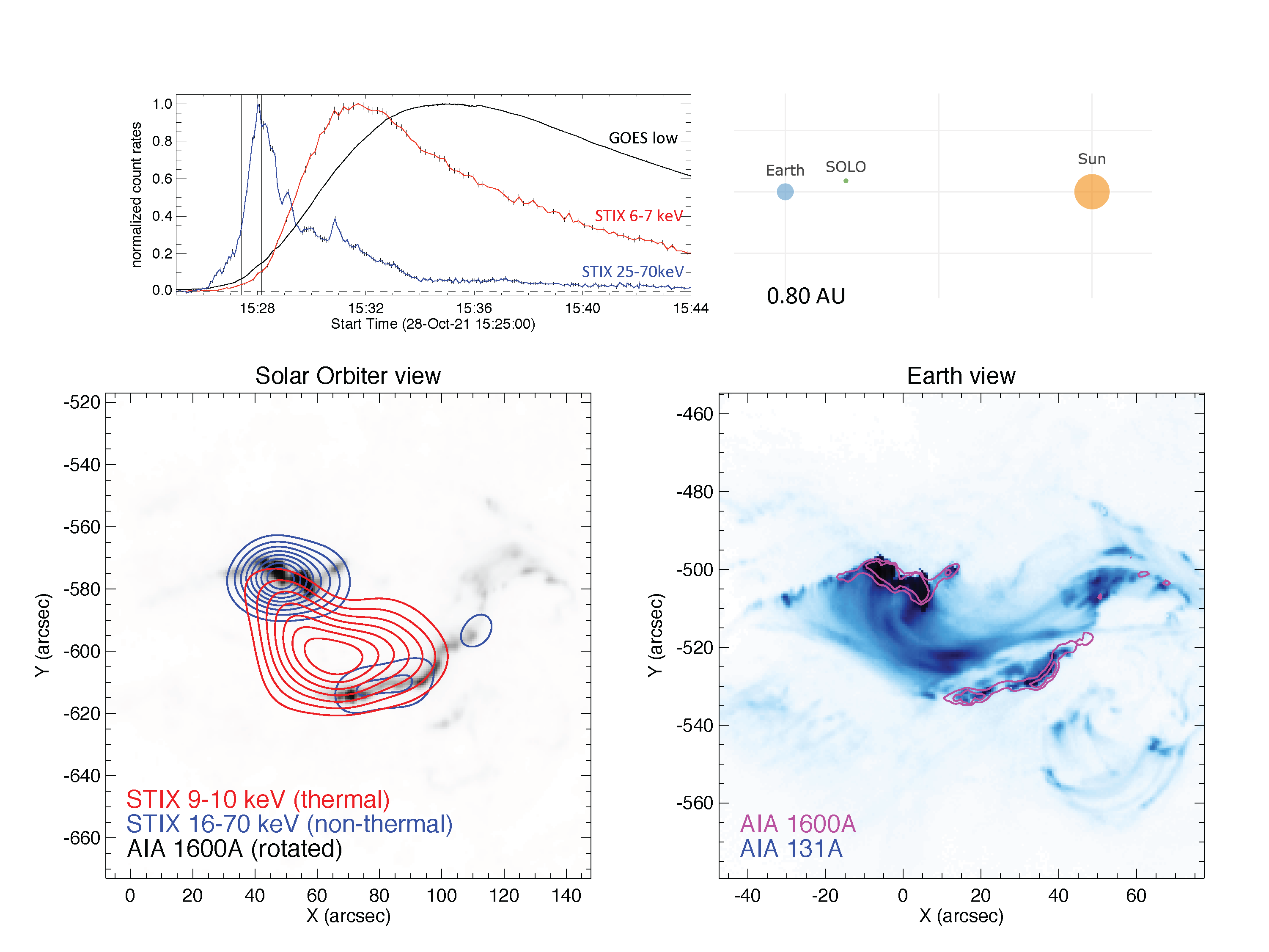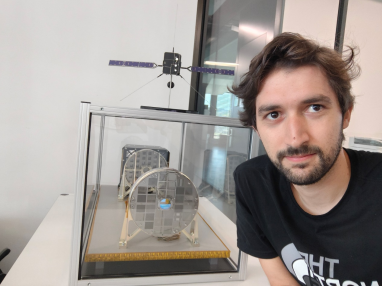Sept.7 Dr. Andrea Francesco Battaglia: Hard X-ray Solar Flare Observations by Solar Orbiter/STIX: Overview and New Science Opportunities | Space Science Bazaar
Speaker: Dr. Andrea Francesco Battaglia
University of Applied Sciences Northwestern Switzerland(FHNW), Windisch
Swiss Federal Institute of Technology in Zurich (ETHZ)
Sept.7, 2022
4:00 pm GMT +8
Solar Orbiter is an ESA mission to investigate how the Sun creates the heliosphere. It carries a scientific payload of 4 in-situ and 6 remote sensing instruments, with STIX being one of the remote sensing ones. It measures hard X-ray emission from the Sun in the energy range from 4 to 150 keV, allowing for the diagnosis of the hot flare plasma (~10 MK and above) in the solar corona as well as the non-thermal high-energy electrons accelerated during solar flares.
In this space science bazaar, we will first of all review the main aspects of the STIX telescope, which, in contrast to the standard mirrored focusing optic telescopes, uses a Fourier-transform indirect imaging technique to reconstruct hard X-ray images of solar flares. A similar imaging technique is employed by the Hard X-ray Imager (HXI) aboard the ASO-S mission. Afterwards, some STIX flare observations will be introduced, by emphasizing the new science opportunities provided by the telescope as well as the trajectory of the Solar Orbiter spacecraft around the Sun. For instance, the 3D reconstruction of X-ray sources, the analysis of fast time variations in the hard X-ray flare time profiles and the analysis of the flare precursor events.
About the speaker
Andrea Francesco Battaglia is a PhD student at the University of Applied Sciences Northwestern Switzerland (FHNW), Windisch, and at the Swiss Federal Institute of Technology in Zurich (ETHZ). He is a Co-I of the hard X-ray telescope STIX (Spectrometer/Telescope for Imaging Xrays) onboard the Solar Orbiter spacecraft, ESA flagship mission launched from the Kennedy Space Center, Cape Canaveral (US), in 2020.
He has worked on investigating the origin and propagation of chromospheric swirls by analyzing realistic simulations of the lower solar atmosphere. Subsequently, after the start of the PhD position, he has been working on multi-wavelength analysis of solar flare observations, with emphasis on hard X-rays. His main interests include the investigation of flare formation and development, from large energetic flares down to microflares, and the analysis of hard X-ray non-thermal emission, which is the smoking gun of the high-energy particles being accelerated during magnetic reconnection.
Sign up to the ISSI-BJ Newsletter or follow us on WeChat (ISSIBJ)
to be always up-to-date and to not miss our seminars!


